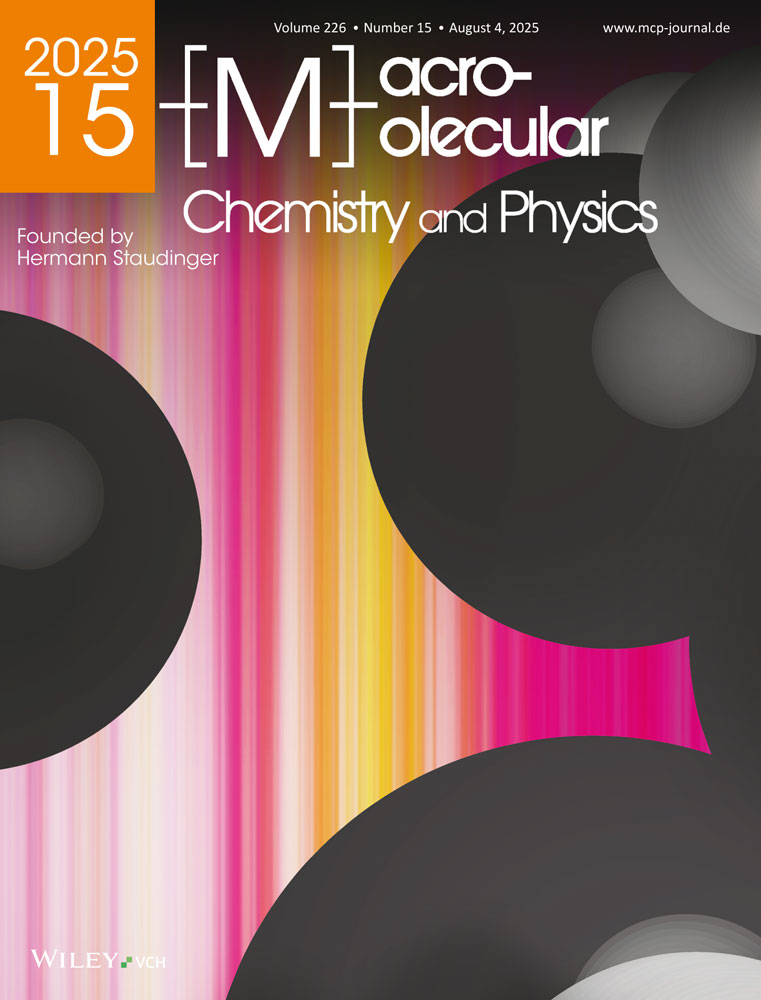Polymers of carbonic acid, 12†. Spontaneous and hematin-initiated polymerizations of trimethylene carbonate and neopentylene carbonate
Part 11: cf. ref.11
Abstract
The purity and reactivity of trimethylene carbonate (TMC, 1,3-dioxan-2-one) depends largely on the purification procedure. Vacuum distillation and recrystallization from CCl4 are less efficient than recrystallization from tetrahydrofuran (THF) or ethyl acetate (EtAc). TMC recrystallized from CCl4 contains between 5 and 8 mol-% of CCl4 which inhibits the spontaneous polymerization at temperatures ≥ 100°C as do other alkylating agents. The spontaneous polymerization of pure TMC may give high yields (up to 90%) and high molecular weights (weight-average molecular weights up to 200 000). The polymerization mechanism is discussed. It seems to be anionic in nature. Neopentylene carbonate (NPC, 5,5-dimethyl-1,3-dioxan-2-one) is rather insensitive to the purification procedure and does not undergo spontaneous polymerization at temperatures ⩽ 125°C. Hematin initiates the polymerizations of TMC and NPC in bulk, but high yields and high molecular weights were only obtained in the case of TMC.




